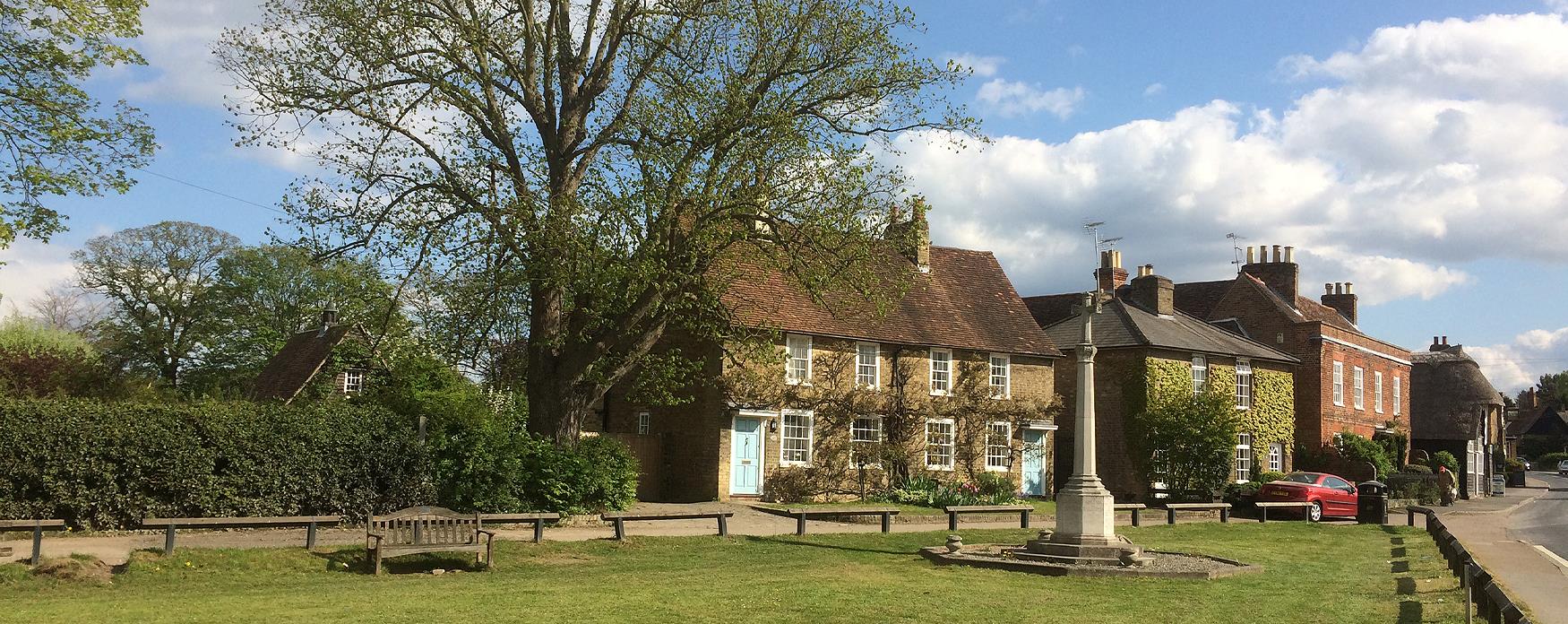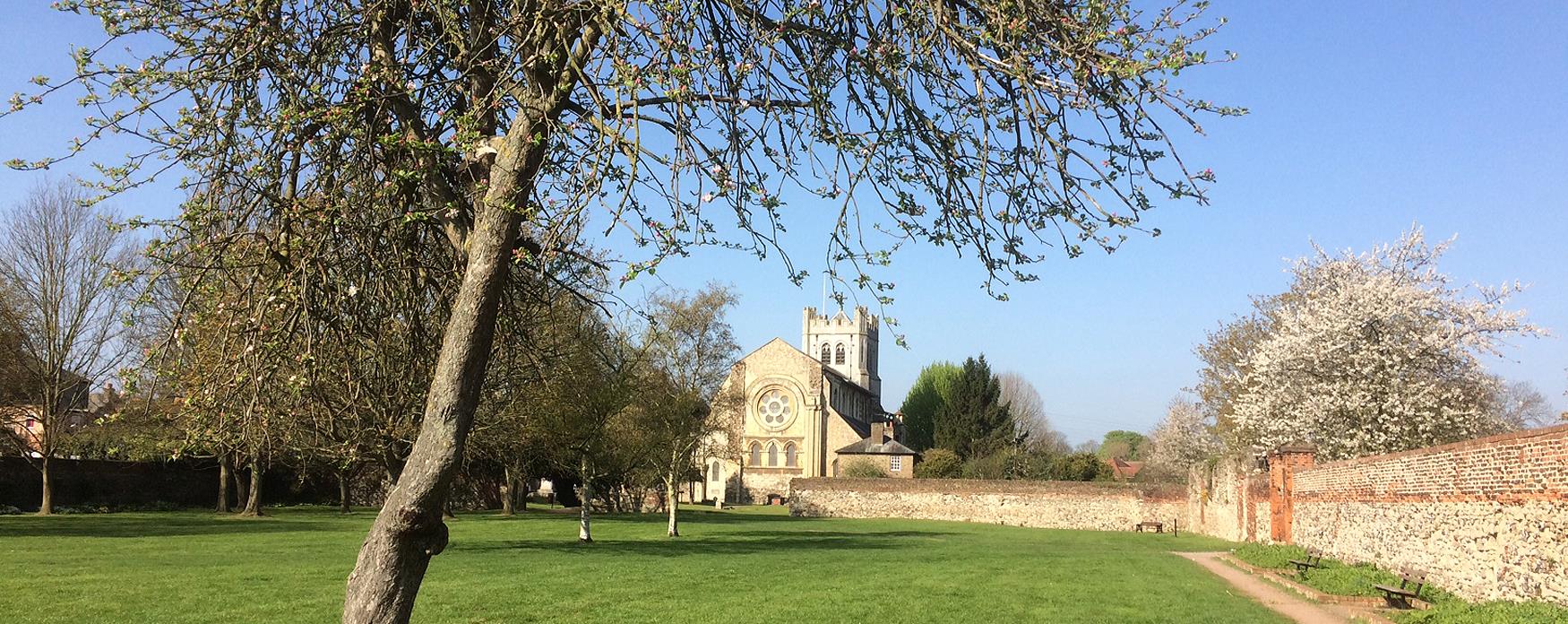The towns and villages of our district offer a friendly welcome and a variety of unique settings where cafes, restaurants and pubs sit alongside the best in local retail surrounded by heritage that extends into the surrounding countryside. Very much the hubs of their local communities, each location is a reflection of times gone by from the coaching inns and marketplaces to the railway stations from an age of steam now serving the outer reaches of the London Underground. Each a destination in their own right, our towns and villages offer the prefect places to shop or stop and relax and refresh as part of the perfect day out exploring our countryside and forest, our heritage and attractions.
The towns of Buckhurst Hill, Loughton and Epping, along with the village of Chigwell, have long histories and connection to Epping Forest being on the route out of London towards Colchester, Cambridge and the East Anglian ports. With the coming of the railway, which then became the Central Line, seven stations serve to take commuters into London to work. And in the towns along the line, where trains emerge from underground and travel through fields, fine food, café culture and upmarket boutiques now flourish alongside more traditional shops and regular markets that have charters going back to medieval times. Once the Central Line went all the way to the town of Ongar at the very top of the district, but it now ends at Epping where the Essex Way begins, and heritage buses from the Epping Ongar Railway can still connect you to North Weald village and onward to Ongar by bus or train.
Loughton Broadway is the focus of an up-and-coming area centred on Debden tube station. A cosmopolitan mix of students and workers from nearby college and business park combine with local residents to enliven two facing parades of local shops, fronting wide pavements, that complement the bigger stores at the Epping Forest Shopping Park, a short walk away.
Whilst the towns and villages above have been very much connected to Epping Forest and the railway, Waltham Abbey, in the west of the district, lies alongside another great and important route out of London, the Lee Valley with its river and canal. Here the town has grown up around an abbey, later reduced to an impressive church. The pedestrianised and historic Sun Street runs alongside the abbey grounds with alleyways linking shops to the tranquil gardens and waterways that join the river beyond. Here you’ll also find the award-winning district museum and impressive town hall plus a large market square, still home to a regular market hundreds of years old. The Lee Valley has always attracted industry and the abbey water mills alongside the river became the foundation of what grew to become the Royal Gunpowder Mills, now an important heritage site and visitor attraction. Today the Lee Valley is an area of outstanding natural beauty and major leisure destination. At Waltham Abbey, a vast area of wetlands has a network of walks and cycle trails linking lakes, the river and the canal to the town centre with its shops, places to eat and drink and heritage attractions. It’s no wonder that here you’ll also find the district’s tourist information centre with everything you need to know to explore Waltham Abbey and all the towns and villages beyond.
North Weald lies in the centre of the district and is a village that is very much connected to the airfield that bears its name. The village has played an important role in the defence of the country with a Victorian Fort and airfield spanning two world wars into the jet age. A popular destination, the airfield is now home to vintage flying with an impressive line up of heritage military aircraft whose comings and goings can be viewed from a choice of restaurants, bars and cafes.
Chipping Ongar is a historic market town. However, unlike Waltham Abbey, it never gained prominence beyond its Saxon and Norman heyday allowing us to still see the outline of its medieval past, centred on its Norman motte and bailey (the castle itself long gone) shaping the high street with its eclectic mix of shops and places to eat and drink. Just outside the original boundary of the medieval town is Ongar Station where tourists arrive by steam or diesel to explore the town or take a walk along a short stretch of the Essex Way to visit the oldest wooden church in the world at Greensted.



